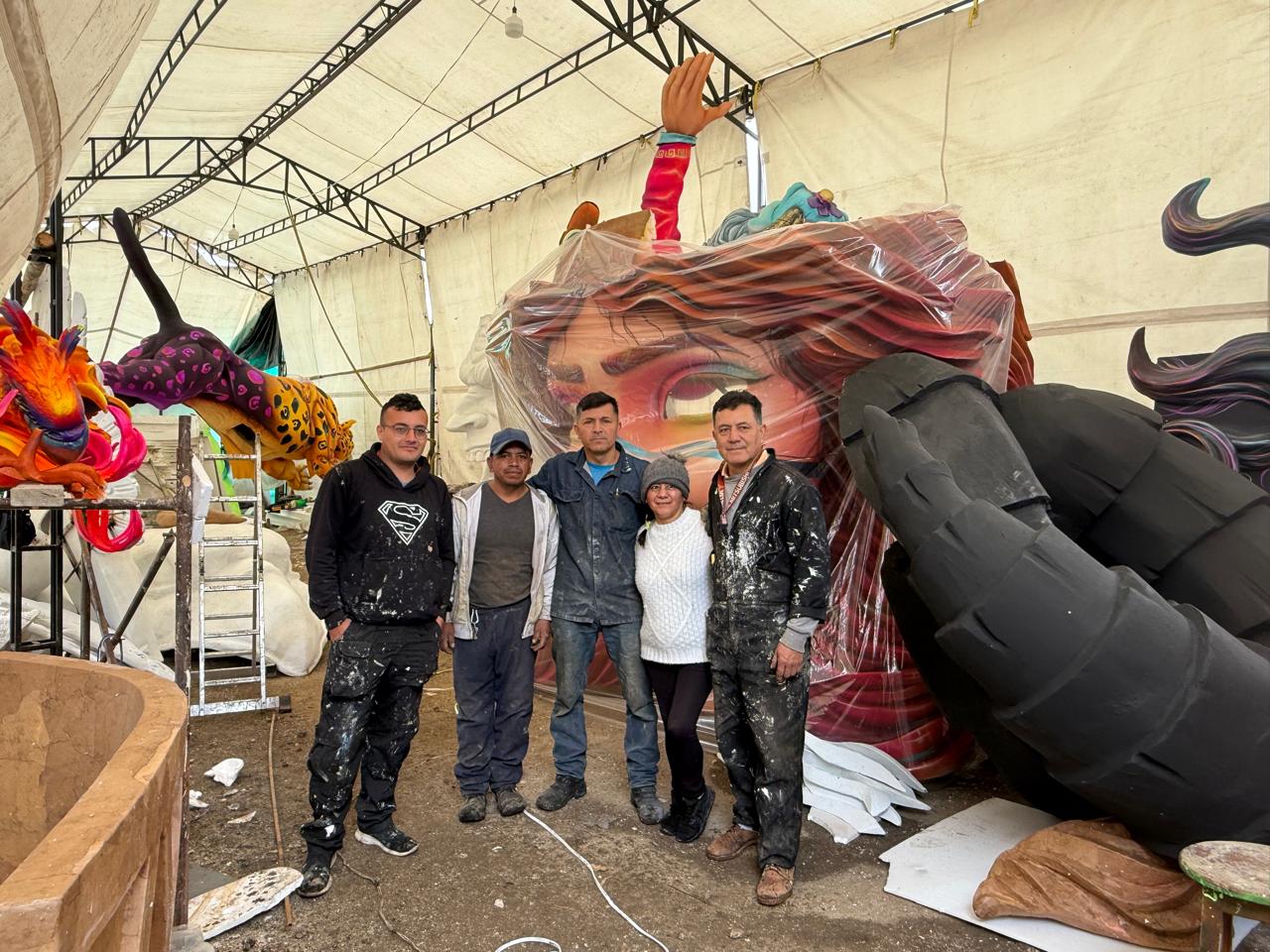
Philadelphia mourns Iran plane crash victims
In the week since Ukrainian International Airlines Flight 752 was shot down by a missile from Iran’s military on Jan. 8, hundreds have gathered at vigils across Canada, who lost 63 citizens, in Iran, and in countries around the world.
It is a tragedy that has shaken families and communities across the globe — including more than 100 people in Philadelphia who gathered Jan. 15 to mourn the 176 victims, the vast majority of whom were Iranian and Iranian-Canadians.
The vigil, held at the Robert Indiana LOVE statue on University of Pennsylvania campus, was organized by Iranian students at the University of Pennsylvania and Drexel University. Students and members of the Iranian community in and around the city also attended.
The losses for many of those gathered were deeply personal.
“All of us had someone, we had friends, and even if we didn’t have friends they were our people, they were all Iranian and they were [our] age, they were students, and each of us [can] imagine ourselves instead of them,” said Leila, a master's student at the University of Pennsylvania who helped organize the vigil and designed the flyers, and who did not wish for her last name to be published in order to protect her family members in Iran.

Mehrafshan, a Ph.D. student in Chemistry at University of Pennsylvania who withheld her last name for fear of retaliation for her family who is still in Iran, told the crowd about one of her friends from high school in Iran, Pouneh Gorji, who perished in the tragedy. Gorji and her husband, Arash Pourzarabi, who also died in the crash, had just celebrated their wedding with family and friends in Iran the week before.
“Part of my soul is gone after her death,” Mehrafshan said, as she described receiving black hearts in response to her frantic texts to friends and family about Pouneh when she heard about the plane crash. She knew her friend had been in Iran for her wedding, and was returning to Canada that week.
Attendees held candles, and sang songs in Persian as some speakers recited Persian poetry, and spoke in English and Persian about the impact of the tragedy.
Stephanie Browne, director of communications for the Office of City Councilmember Jamie Gauthier, whose District 3 includes the UPenn campus where the vigil took place, was also in attendance on behalf of the councilwoman.

Candles spelling out the number 176, the number of victims in the crash, were encircled by a heart-shaped ring of white roses at the feet of the LOVE statue, and photos of the victims were displayed along one side.
Many expressed outrage at the Iranian regime, who have admitted to firing the missiles that downed the plane, calling it an accident. Just hours before downing Flight 752 as it took off for Kiev, Ukraine, from Tehran’s Imam Khomeini International Airport, the Iranian military had fired missiles at the U.S. military’s Ain al-Asad air base Iraq, in an act of retaliation after the U.S.’s killing of Iranian Major General Qassem Soleimani on Jan. 3.
CONTENIDO RELACIONADO
The governments of five countries who lost people in the plane crash are seeking compensation from Iran. Tehran has agreed to pay, and has accepted responsibility for the tragedy, although Iranian President Hassan Rouhani this week also said that responsibility for the “root causes” of the plane crash lies with the U.S. due to the fact that the Iranian military was on high alert for a response from the U.S. following their retaliation at the U.S.-Iraqi military base.
In the past week, many Iranians have taken to the streets to protest their government’s attack of the plane and subsequent attempts at a cover-up. In November, an estimated 1,500 people were killed in the government’s efforts to crush protests across Iran that erupted after a fuel increase.
Many of the Iranian students at the vigil also expressed their sorrow, and anger at Iran for shooting down the plane.
Reza Mora, a Ph.D. student in computer science at Drexel University who helped organize the vigil, said that he believes the Iranian diaspora community has a “massive responsibility” to express their outrage at the Iranian government during what is “a historic moment in our nation.”
“I think everyone who calls themselves Iranian, they have to show that they are against this regime and they’re against this kind of crime,” he said.

“People who go and protest in Iran, they know that they’re going to be shot at, they’re going to be beaten up, they’re going to be arrested, they’re going to be tortured, and all those things. We are not facing any of those consequences, we have a voice, without fearing our lives. So this on us to show that we are against this regime. Staying quiet is not acceptable,” Mora added.
Outside of Iran, the U.S. has the largest population of Iranian immigrants and people of Iranian descent, estimated to be over 1 million by some sources. About half of the Iranian-American population lives in California, while there are smaller Iranian diaspora communities in other parts of the country including New York, Philadelphia, and other cities on the East Coast.










DEJE UN COMENTARIO: